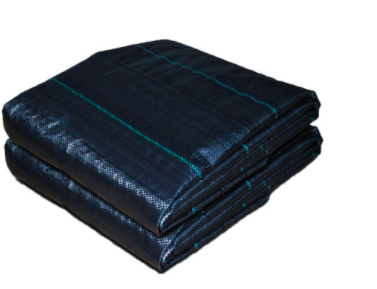- Understanding the Role of Geomembrane Liners in Waste Management
- Innovations in Geomembrane Liners for Water Management
- Geomembrane Liners: A Comprehensive Guide
- The Future of Geomembrane Liners in Civil Engineering
- Geomembrane Liners: Enhancing Landfill Stability
Manager:
WhatsApp:+86 177 0135 2670
Tel:+86 177 0135 2670
Email:marketing@okorder.com
Address:3rd Floor, No.2 Building, No.1 Sanlihe Road
Landscape Fabric Geotextile: The Silent Power
In the peaceful pursuit of cultivating our gardens, we often appreciate the blooming flowers and well groomed grass; however, seldom do we stop to think about the underlying factors that support this lively life. One of those unsung heroes lies beneath our feet quietly called landscape fabric geotextile material. This unseen item is the foundation on which our outdoor spaces stand, providing them with strength and stability among a host of other advantages beyond beauty.
The Unsung Hero: Landscape Fabric Geotextile
Landscape fabric geotextile is not only a shield, but also a versatile response to various gardening problems. From weed suppression and soil stabilization to moisture conservation and erosion control, this fabric shows how creative modern landscaping can be. It is strong yet permeable because it is made from materials like polypropylene, polyester or any combination between the two thus striking an equilibrium between these two features.

A Tale of Two Fabrics: Landscape vs Geotextile
Unlike landscape fabrics in woven, non-woven spunbonded or perforated forms that are mainly used for weed control and soil protection in gardens and yards, Geotextiles are more robustly engineered for projects such as construction works and large scale erosion control offering strengths that landscape fabric cannot compete with.
The Dilemma in Drainages: Woven Vs Non-woven
Non-woven geotextiles are mostly preferred for drainage applications because they have a very high permeability rate, which allows water to easily pass through. It is commonly used in French drains, drain fields and erosion control. On the other hand, woven fabrics of such kind are generally strong and long lasting but have low permeability thus not suitable for drainage unless they are high-end monofilament or combination fabrics.
The Advantages of Landscape Fabric Geotextile
Landscape fabric geotextile comes with numerous advantages for both gardeners and landscapers alike. It helps in suppressing weed growth, conserving moisture, controlling erosion as well as protecting soil from external elements. The choice between non-woven and woven designs will depend on specific requirements of the project including strength, permeability and need for free flow of water.
In Stitched Conclusion
The landscape fabric geotextile is a versatile and essential component in the world of landscaping. Within residential premises where one wants to enhance the beauty of her garden such as a home owner or even within a large-scale projects like commercial landscaping; it is crucial to understand that landscape fabric is not similar with geotextiles. This will help you pick out the best fabric that suits your needs so that you can ensure a strong foundation for your outdoor space which would enable it to flourish while standing up to tests of time.
Next time you step into your garden take time to reflect on what lies beneath unseen layers below your feet. The landscape fabric geotextile is silently solid beneath this vibrant life above our ground works day ad night without stopping. It’s an evidence of human ingenuity towards technology also referred to as human engineering that was used towards creation sustainable beautiful outdoors.
It’s often what we don’t see that makes all the difference when it comes to landscaping. Garden resilience and longevity are enhanced by the likes of landscape fabric geotextile, though often in absence from limelight. This cloth needs to be acknowledged and its potential harnessed toward building stronger and sustainable environments. It is when we have the landscape fabric geotextile on our side that we can look forward to thriving green gardens tomorrow that will always remind us of our commitment to healthy and beautiful outdoor spaces.
- Previous:The Gardener’s Best Friend: Embracing the Power of Landscape Geotextile Fabric
- Next:Unsung Heroes of Modern Engineering: The Geotextile Filtration Fabric






